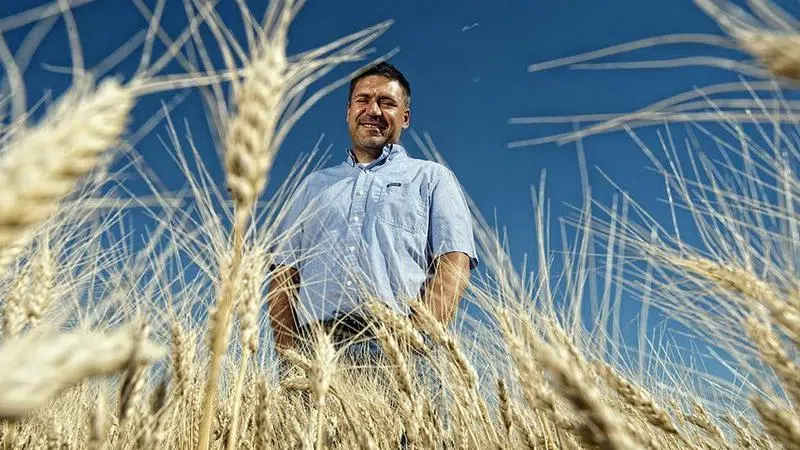
U of S team helps decode durum wheat genome
Scientists from the University of Saskatchewan, working with researchers from around the world, have cracked the code that could lead to hardier, healthier durum wheat crops.
The research team of more than 60 scientists from seven countries announced Monday they have successfully mapped the entire genome of durum wheat, a main ingredient used in worldwide pasta production.
The crop’s genome is four times as large as the human genome.


